Turn any article into a podcast. Upgrade now to start listening.
Premium Members can share articles with friends & family to bypass the paywall.
It must be difficult for a man like Pete Hegseth, a former cable news host accustomed to the positive feedback loop from producers and fans, to drop a zinger of a line and receive little to nothing back from the audience.
That was the defense secretary’s experience, multiple times, as he addressed the 800 or so general and flag officers who had been hastily recalled from every post around the globe for the in-person event on Tuesday morning. Stepping away from the podium and pacing back and forth across the stage as he spoke, Hegseth looked more like an infomercial pitchman than the chief executive of the Defense Department. His intended applause lines, meanwhile, fell flat with the military leaders who had gathered at Marine Corps Base Quantico in Virginia, just a few miles south of Washington.
“Should our enemies choose foolishly to challenge us, they will be crushed by the violence, precision, and ferocity of the War Department,” Hegseth said, using the administration’s preferred but unofficial title for the Pentagon. “In other words, to our enemies, FAFO.”
Hegseth paused, no doubt intending for his use of the online acronym for “f–k around and find out” to thrill the seasoned military leaders. Instead, there was near silence, with a lone “woo!” emerging from the crowd. That non-reaction was typical throughout most of his roughly 45-minute speech, during which Hegseth touted his book The War on Warriors and castigated leaders who had allowed for lowered grooming standards.
“We don’t have a military full of Nordic pagans,” he said, deploying another line that did not get the laugh he appeared to seek.
The big Hegseth confab, which also featured a rambling, hour-plus speech from President Donald Trump, was a remarkable display of the defense secretary’s conservative-media-soaked approach to leading the largest department in the executive branch. The expensive, logistically complicated meeting—an iteration of various changes to military standards, expectations, and priorities Hegseth was instituting—could have been an email.
No longer would the Pentagon be shackled by the demands of diversity, equity, and inclusion initiatives or the lowering of physical training requirements. Gone are the “the social justice, politically correct, and toxic ideological garbage that had infected the department” under past presidents. And the name change from “Department of Defense” to “Department of War” would return the military to its proper mindset.
“We have to be prepared for war, not for defense. We’re training warriors, not defenders. We fight wars to win, not to defend,” Hegseth intoned. “Defense is something you do all the time. It’s inherently reactionary, and can lead to overuse, overreach, and mission creep. War is something you do sparingly, on our own terms and with clear aims. We fight to win.”
What does it say that Hegseth, himself a veteran of the Iraq and Afghanistan wars as a member of the Army National Guard, felt the need to remind the hundreds of generals and admirals—nearly all of whom earned their positions after combat experience in those wars—that the military fights to win? That senior military officers were abruptly summoned from their posts around the world to hear a sermon against wokeness?
The spectacle at Quantico was in keeping with how Hegseth operates. From the endless stream of social-media-ready videos featuring Hegseth working out to the constant presence of his wife, who is not a Defense Department employee, the secretary has a leadership style that values presentation over the competent management of a massive bureaucracy.
Hegseth’s focus on the outward-facing parts of the job means the rest of the department has largely been left to its own devices, creating dysfunction by neglect and allowing ideologues to flourish. The prime example is Elbridge Colby, the undersecretary of defense for policy, who I’ve been told has largely kept his own counsel on much of the strategic policymaking for the department, even if it comes into periodic conflict with the desires of a mercurial commander in chief. Meanwhile, the leadership of the uniformed elements of the bureaucracy, like the combatant commanders and the Joint Chiefs of Staff, are functioning but increasingly at odds with where Colby and his fellow “restrainer” ideologues want to take the department: away from strategic military alliances and toward goals closer to the U.S. homeland.
“The expensive, logistically complicated meeting—an iteration of various changes to military standards, expectations, and priorities Hegseth was instituting—could have been an email.”
As the Washington Post reported on Monday, top military leaders have “raised concerns” about how Hegseth’s team is putting together the newest version of the National Defense Strategy, a critical document that provides the military guidance for how to achieve an administration’s broader goals. According to the Post’s reporting, those concerns from leaders (including Gen. Dan Caine) are that the draft document’s focus “on perceived threats to the homeland, narrowing U.S. competition with China, and downplaying America’s role in Europe and Africa.” They fear that such a strategy would weaken the military’s readiness in other parts of the globe.
The story also indicates that some within the top brass don’t believe Hegseth grasps the depth of the draft strategy document’s shortcomings. “I don’t know if Hegseth even understands the magnitude of the NDS,” the Post quotes one source. Sean Parnell, a Pentagon spokesman, called the report “fake news.”
But the Post’s report is only the latest in a series of embarrassing stories that suggest Hegseth does not have full control of the department he’s supposed to be leading. There was the “Signalgate” scandal in March, when Hegseth inadvertently shared sensitive national security information on an unsecured group chat that happened to include a journalist. The next month, Hegseth fired several of his inner circle of advisers. And this summer, the Pentagon stopped a scheduled shipment of munitions to Ukraine, only to reverse the decision partially after Trump was apparently caught “flat-footed” by the decision.
It’s the sort of record that might have a Cabinet official concerned for his job security.
Indeed, it seemed that the primary audience for Hegseth’s remarks at Quantico was not the military brass who took pains to quickly gather from far-flung corners of the world but Trump himself, who described himself in his own address as a “very aesthetic person” and who consumes information primarily through television. How else to explain the large American flag background (reminiscent of the opening monologue in Patton, whose title character is a favorite of Trump’s) and Hegseth’s dubious comparison between the current president and our greatest?
“I was thinking backstage, the man who was the commander in chief when the War Department was created was George Washington,” Hegseth said. “The man who was president when the War Department was reestablished is President Trump.”
A few moments later, Hegseth ceded the stage to Trump, who lumbered out and instinctively turned toward the crowd to welcome the applause he expected to hear. Instead, the officers respectfully stood at attention. Looking slightly bewildered by the reception, Trump began: “I’ve never walked into a room so silent before.”
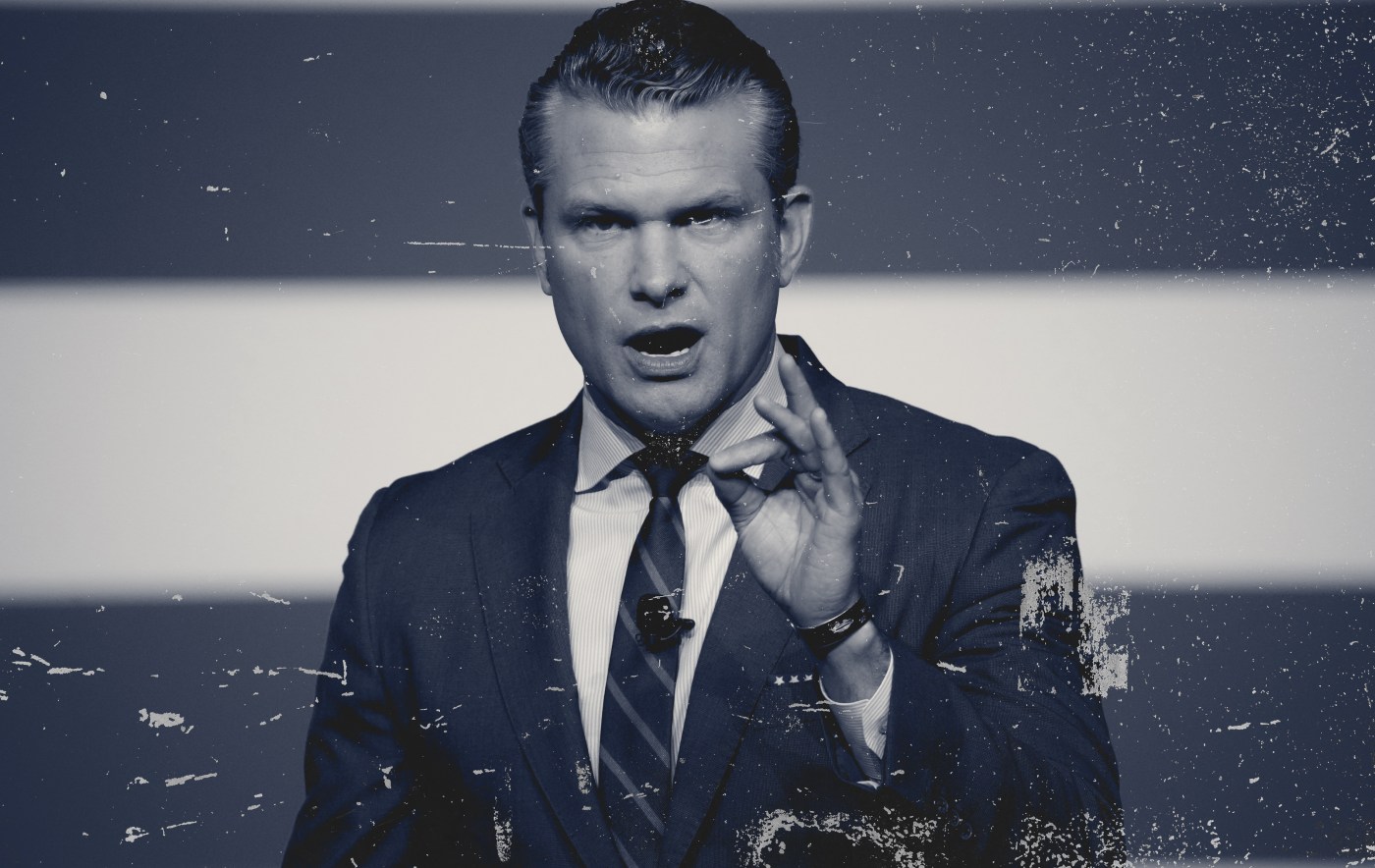


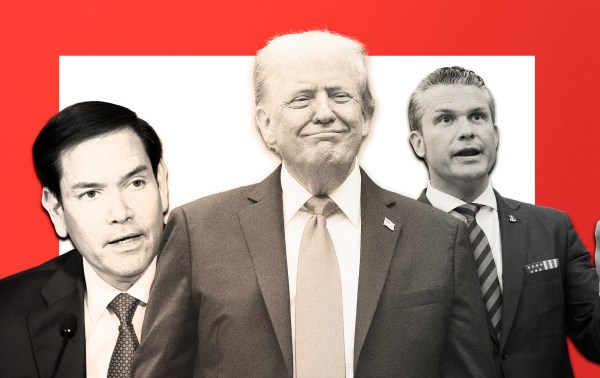
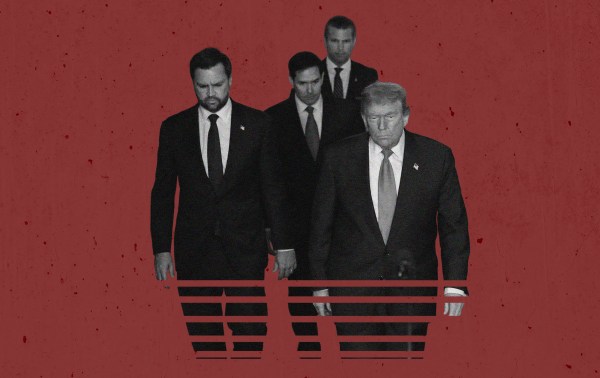
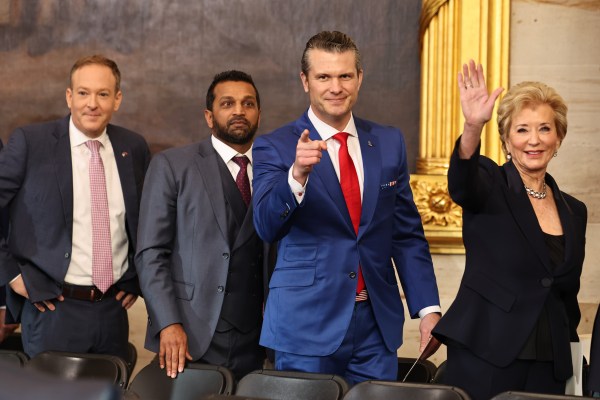
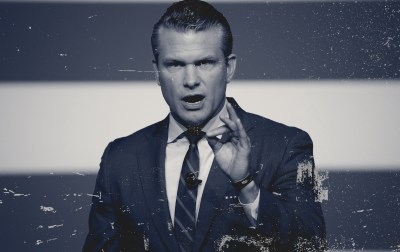
Please note that we at The Dispatch hold ourselves, our work, and our commenters to a higher standard than other places on the internet. We welcome comments that foster genuine debate or discussion—including comments critical of us or our work—but responses that include ad hominem attacks on fellow Dispatch members or are intended to stoke fear and anger may be moderated.
With your membership, you only have the ability to comment on The Morning Dispatch articles. Consider upgrading to join the conversation everywhere.